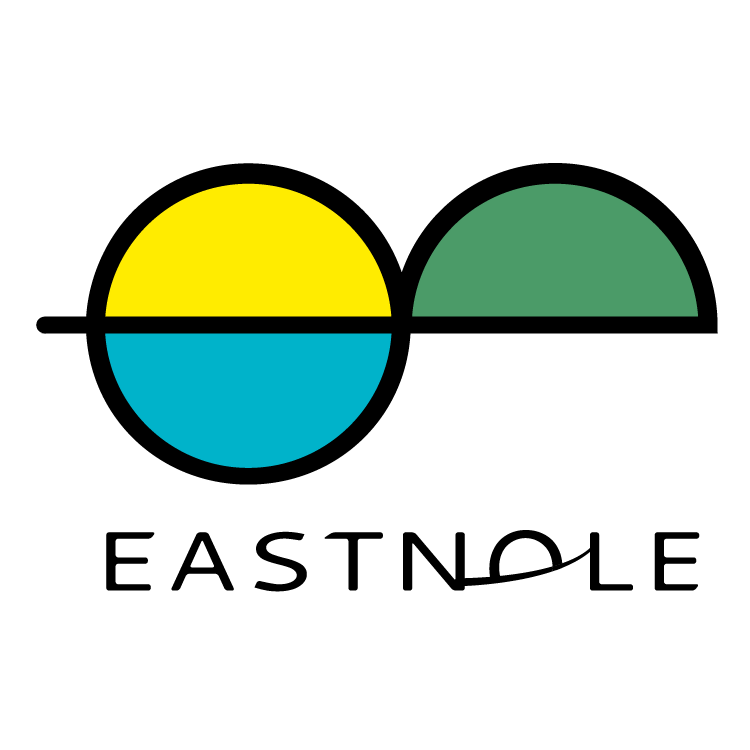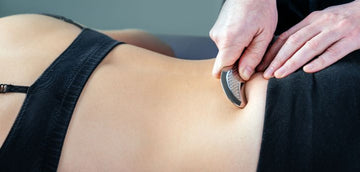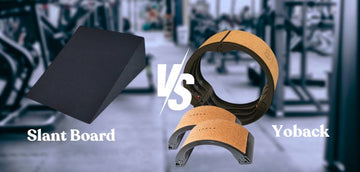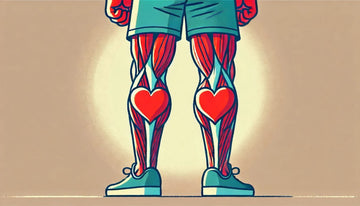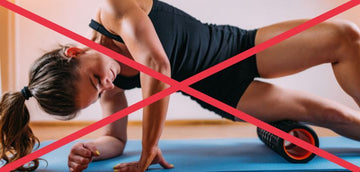Gua Sha, a term derived from the Chinese meaning "scraping sand," is a traditional healing technique with roots tracing back thousands of years. This practice involves using a smooth-edged tool to stroke the skin, promoting blood flow and healing. Over time, Gua Sha has evolved and adapted. Far from becoming a 'woo' medicine, it's found its place in modern wellness routines. Let's explore its rich history and how it's being used today to enhance health and well-being.
The Origins of Gua Sha

(Source Pinterest)
The use of Gua Sha dates back to ancient China, around 220 AD, during the Han Dynasty but it wasn't until around 1300 that it became more widespread. Traditional Chinese medicine (TCM) practitioners used Gua Sha to treat various ailments, believing it could stimulate the body's energy flow, or "qi." The technique involves "scraping" the skin with a smooth tool, often made from jade, animal bone, or metal, to create light bruising or "sha." This process was thought to release stagnant blood, improve circulation, and promote healing.
Evolution Through the Ages
Over the centuries, Gua Sha has been practiced across different cultures in East Asia, each adapting the technique to their local needs and materials. In traditional practice, it was used to treat conditions ranging from muscle pain and fever to respiratory issues and digestive problems. The method remained relatively unchanged until recent times, maintaining its focus on promoting natural healing and balance within the body.
The Resurgence of Gua Sha in Modern Times

In the 21st century, Gua Sha has experienced a resurgence, especially in the Western world. This revival can be attributed to the growing interest in holistic and alternative medicine. You are probably most aware of gua sha for the face, and you or your partner may have one at home as it's become a popular beauty ritual. These face gua shas are typically softer for the skin and made out of jade, bian stone, or ceramic. The technique has been refined and is often used in facial treatments to promote lymphatic drainage, reduce puffiness, and improve skin texture.
Gua Sha Becomes Accepted by Modern Science

In physiotherapy, gua sha is more commonly known as IASTM (Instrument-Assisted Soft Tissue Mobilisation) or muscle scraping. It gained popularity in the late 20th century with the development of the Graston Technique® in the early 1990s.
The Graston Technique® was invented by an athlete named David Graston, who suffered a knee injury and was dissatisfied with his rehabilitation progress using traditional therapies. He created a set of stainless steel instruments designed to detect and treat scar tissue and adhesions in muscles and tendons. This method proved effective and was subsequently adopted by healthcare professionals.
The technique's success led to increased interest in using specialised instruments for soft tissue mobilisation, and many other variations and tools have since been developed. Today, IASTM is widely recognised and clinically proven in physiotherapy for treating various musculoskeletal conditions.
Why Use Gua Sha Today?

Curious about why Gua Sha has become a go-to wellness practice? Here are some benefits:
- Pain Relief: Imagine feeling the tension in your shoulders melt away after a long day. Gua Sha's ability to alleviate muscle tension and chronic pain is one reason why people love it. By improving blood flow, it helps reduce inflammation and promote faster healing of injured tissues.
- Stress Reduction: The soothing, methodical strokes of Gua Sha are like a mini-massage. It's calming and can help reduce stress and anxiety. Perfect for those moments when you need to unwind and improve your mental health.
- Improved Circulation: Better blood flow means your body can deliver oxygen and nutrients to tissues more effectively, supporting overall health and wellness.
- Improve Athletic Performance: Due to it's benefits in helping speed up recovery and reduce muscle pain it's become a go to for athletes to help improve their performance.
My Personal Experience with Muscle Scraping

I discovered muscle scraping during a visit to my physiotherapist for a long-term piriformis injury. After struggling with the pain for months and trying many different methods, I was open to trying anything. I had been playing around with the Yoback to see if it could help it, but as the piriformis muscle is a difficult one to get to, it wasn't ideal. My physio started scraping the area, and after just a few sessions, I felt so much better.
How to Muscle Scrape for Pain Relief

- Begin by applying a light layer of emollient, such as our muscle ease oil, to the area you're focusing on.
- Angle your scraper at 45 degrees from your skin. Our Myoscraper has been designed to fit across all the contours of your body for maximum benefits.
- Using moderate pressure, quickly glide the edge of the Myoscraper tool up and down the muscle. Continue this motion for approximately 20-30 seconds.
- If necessary, proceed to treat nearby muscle areas in the same manner.
Myoscraper | Deep Tissue Massage Tool for Pain Relief
The Myoscraper is a muscle recovery tool designed to bring professional relief right into your hands anywhere, anytime. It uses clinically supported methods to help with recovery and pain relief. These techniques boost blood circulation, improve tissue health, and speed up healing by facilitating the body's natural repair mechanisms.
The Myoscraper can be beneficial for a variety of conditions and is commonly used for:
- Plantar fasciitis
- Reducing DOMs (Delayed Onset Of Muscle Soreness)
- Reducing soft tissue and muscle tightness
- Tennis/Golfer's elbow
- Achilles tendonitis
- Patella tendonitis
- Neck pain/lower back pain
- Chronic pain
- Tight IT bands
- Shin splints
Each Myoscraper includes a padded pouch for easy portability, how-to videos, and an optional add-on 50ml muscle-ease massage oil.
